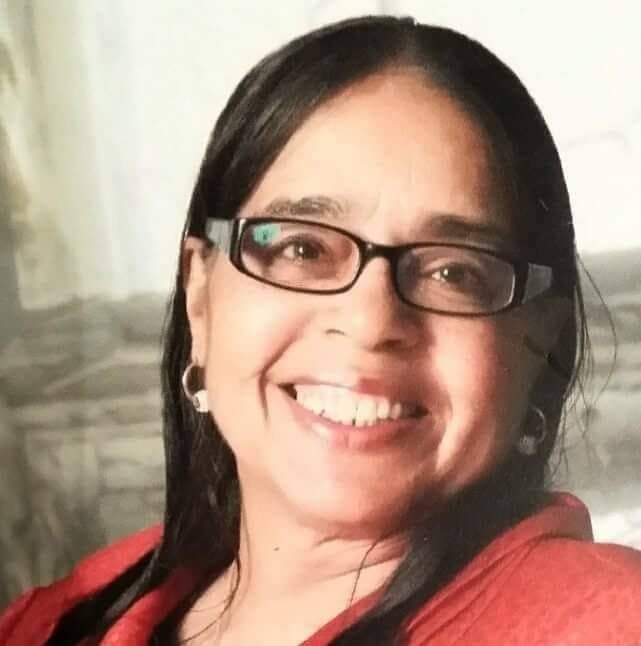Excerpt 1 - How She Met John Marshall Murray
Fortunately for them, when Marshall (Barry's biological father to be) was not present, the girls received assistance from Mrs. Williams, Joan's supervisor, (and the woman who will raise Barry) who made it her mission to keep those men away from "her girls."One day, Minerva (friend of Joan) informed Joan (Barry's biological to be mother) that her boss wanted to meet her. Joan couldn't believe this handsome, sharp-looking business owner was interested in her because of her "plain-Jane appearance." Minerva gave the following explanation: "That's how they are – catch flies with all the honey."
After all, Marshall belonged to a prestigious family and owned the theater that exclusively advertised for pretty girls with fair skin.
Joan was certain that her friend had misunderstood. After all, Marshall belonged to a prestigious family and owned the theater that exclusively advertised for pretty girls with fair skin. In her mind, there was no way a man like that would give her a second glance. She thought he probably cared more about Minerva than her.
Minerva and other pretty, young, light-skinned girls were employed by Marshall, who owned the rival Dunbar Theater. He often sat outside the front door on the stoop and chain-smoked cigarettes while he watched her get off the bus. He approached Minerva and asked her to get Joan's work phone number so he could call her, but Joan didn't pay him any attention. Joan replied to Minerva, "He's willing to speak with me? I don’t have pretty hair or light skin."
After all, what was she to think? She was poor and had nothing—not even her own place. She was living with her grandmother. Surely, Marshall did not focus on her.
However, Marshall confirmed two days later that he only desired to speak with Joan and not Minerva. His confirmation shocked her.
Marshall, a man ensconced in the commitments of marriage with three daughters, revealed a deep sense of loneliness and neediness that had gradually taken root within him.
She intentionally gave him the phone number for the men's room rather than the one he wanted near the ladies' room. "Why did you give me that phone number?" Marshall asked Joan directly. That initial conversation captivated her when Marshall admitted that he was not interested in dating light-skinned women. The contrary was true. He called Joan and kept his promise to ask her out on a date.
On their first date a revelation emerged. As they exchanged anecdotes from their personal lives, a compelling story unfolded. Marshall, a man ensconced in the commitments of marriage with three daughters, revealed a deep sense of loneliness and neediness that had gradually taken root within him. Meanwhile, Joan, acquainted with the enduring emptiness and solitude that had been her lifelong companions, found a surprising resonance in Marshall's revelations.
Their shared experiences of isolation and yearning acted as an invisible force, a magnetic pull that inexorably drew them together. In Marshall's admission of his own emotional void despite his familial ties, and Joan's recognition of the perennial loneliness that had defined her existence, the threads of similarity wove a connection between them.
It was as if the echoes of their shared struggles resonated, creating a bond that transcended the boundaries of their desperate lives. In this convergence of personal commonalities emerged as the unspoken force that united Marshall and Joan on a path that neither had anticipated but one that seemed, in that moment, both inevitable and deeply meaningful.
According to Joan: “He [Marshall] was really, really, really good to me – a father-like figure I could count on. Marshall told me a lot about himself. He was truthful about his marriage and his family. He lived at 444 Park Road.”
Marshall assumed the crucial role of an exemplary father figure in Joan's life, leveraging his substantial seniority to become a guiding influence she instinctively turned to. Their relationship evolved beyond mere mentorship, eventually taking on the contours of a clandestine affair. However, distinguishing itself from conventional affairs, their connection transcended the boundaries of a purely sexual nature.
POH Podcasts - Coming Next Week
Anita Hackley-Lambert, biographer of ECHOES OF A VOICE FOR JUSTICE: The Story of Barry A. Murray
New: Get Notice When We Release New Podcasts
If you are a subscriber, from your email box, open your Port Of Harlem email, and click the “Update Profile” link that is the second line from the very bottom of the email. Your Profile appears. In your profile, click: B - Port Of Harlem Podcasts (send me a notice when you release a new podcast). Also, please make sure your city and state are in your profile.
If you are not a subscriber, click the Sign Up button that is below. When completing your Interest List, make sure you click "B - Port Of Harlem Talk Radio (send me a notice when you release a new podcast)". Also, please make sure your city and state are in your profile.







